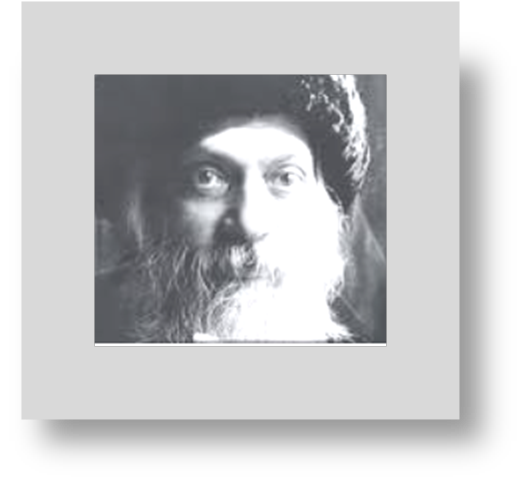Dog-assisted therapy with certified dog and trainer in clinical situation is worth trying
- Lalit Kishore
- Jan 21, 2021
- 2 min read
A therapy dog is a dog that is trained by a certified trainer in animal assisted therapist for needs-based interventions to interact with all kinds of people including those with special needs.
MICRO-VIDEO 1
For children with special needs, dog therapy is used for their physical needs (motor skills development); Cognitive need (learning, communication, attentiveness and psychological development) and social needs (company, service and care)
The dog has to be trained and certified for following traits or acquired behaviour
Having calmness or being well adjusted to noises and movements of others or high degree of distraction proofing
Being social with strangers
Task proficiency related to designed therapy as an intervention
For children with special needs (CWSN), therapeutic visitation dogs on one-to-one basis are used. These dogs are basically the household pets which are trained and are accompanied by the trainer who also works as the dog-handler, intervention designer, demonstrator, assisted learning facilitator and protocol supervisor.
Such dogs work to help CWSN in gaining skills such as motor skills, use of limbs and hand-eye coordination.
The activities and games are devised and dog is trained to help CWSN practice these skills. These dogs are usually based in rehabilitation facilities. The last type of therapy dog is a facility therapy dog.
Therapy dogs have been used to promote literacy and communication skills since they are a nonjudgmental listener. Dog assisted reading programs include increasing reading fluency, increasing motivation to read, providing encouragement for reluctant readers, and making reading fun.
There are evidences, that children with autism and mild / moderate dysgraphia have demonstrated enhancement in fine motor skills, verbal abilities and social interaction when therapy was carried out by trained therapist in clinical situation, i.e., one-on-one basis with protocol adherence.
Note that inset micro-video shows a moderate dysgraphic and hyperactive child undergoing fine motor training along with attentiveness enhancement training.
Earlier, the child was also given the fine-motor skill training of hands at home as shown in inset micro-video 2
MICRO-VIDEO 2
However, the child requires about 30-hour practice for revival of micro-motor muscles.




Comments